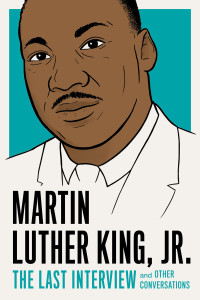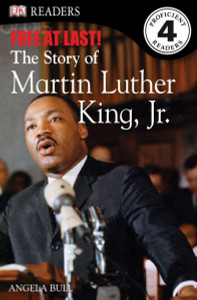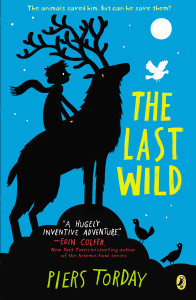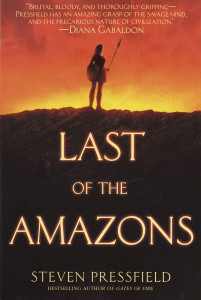Thirteen year-old Martin Boyle, the most fearful hypochondriac born into a family of worriers, doesnt want to visit the family cemetery. Truth is, none of the Boyles are thrilled about the annual trip to visit their war dead. It shames Mr. Boyle to think of his once courageous family line, and Mrs. Boyle is certain the greenish moss growing on the headstones carries disease. But after strict no-touch warnings from Mrs. Boyle (and an anti-bacterial scrub down), Martin ventures into the private cemetery for a grim remembrance. Hes surrounded by stones that bear his name. Martin, the Boyle family name, has been given to the firstborn male in each Boyle household for centuries. While his father offers a speech honoring Martins who have gone before, Martin wanders among his ancestors. The writing on the old headstones is hardly legible, and he scratches at birth and death dates with a stick. His analytical mind gravitates toward the numbers, and his stomach sinks. The pattern is clear: Martin 1770-1819. Martin 1819-1835. Martin 1835-1899. Martin 1899-1956. Martin 1956-1996. Theres always a Martin. Only one Martin. Martin panics. Not because he was born in 1996that only fitsbut because his uncle and aunt are expecting their first child, a boy, in three months. Tradition dictates they will name him Martin. Hes seen the graveyard. He has proof of the curse. When the next Martin is born, hell die. Martins parents believe the cemetery pattern is a coincidence, and a sign that their son needs professional help. Its a belief thats about to get stronger because their son, with the help of a homeless boy named Poole, is about to make his first decision of consequence: with twelve weeks until the babys arrival and no time to waste, Martin chooses to live. Little does he know that the key to his survivalthe cornerstone of the curselies embedded beneath two hundred years of history, in an inscription that dooms the entire Boyle family line.









